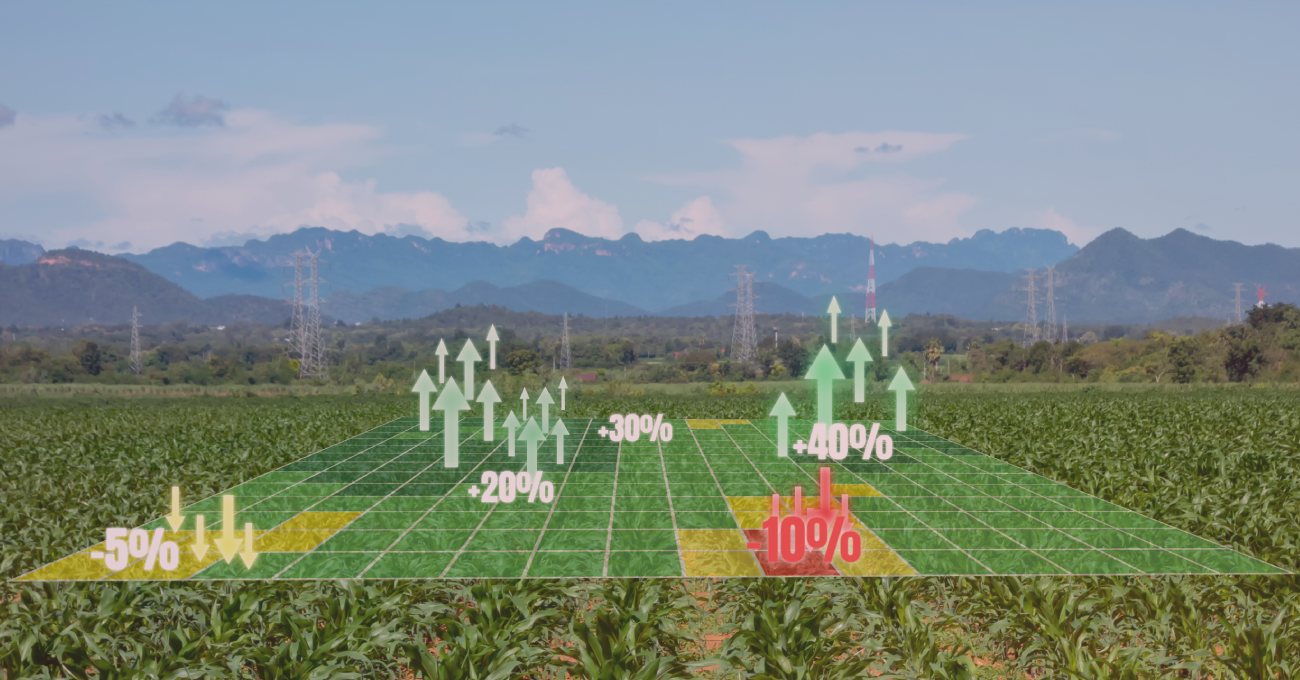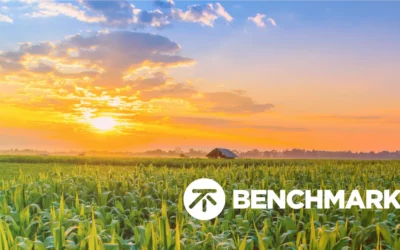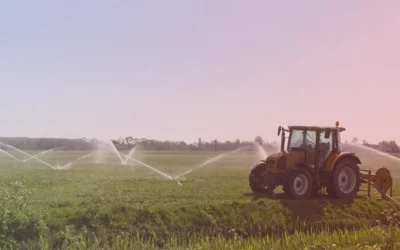Sub-Acre Weather Forecasting Is The Future For Agriculture
In agriculture, the weather forecast is one of if not the most important tool farm managers have. It’s also widely accepted that regional weather forecasts today are not precise enough to use as an error-proof resource. There is always a (fairly large) margin of error and that margin increases drastically the further out farms need to predict on the calendar.
Growers’ weather forecasts will be changing dramatically in the near future and the Internet of Things (IoT) is the technology that will empower this evolution. Let’s see how the IoT is changing things in agriculture and will eventually lead us to a coveted sub-acre or pinpoint weather forecast with far greater accuracy.
The current weather forecasting system
Technology has come a long way since the days when we had only the Old Farmer’s Almanac and had to rely on subtle clues in nature for weather prediction. When you are in agriculture, the first thing you do in the morning and the last thing you do at night is to check the weather. Now, with smartphones, you have the weather forecast at your fingertips any time of the day. This is certainly an improvement over times past, but it still does not tell you as much as you would like about what is happening on the farm, or even better, in a particular field or a portion of a field.
Currently, apps like The Weather Channel, Weather Underground, AccuWeather, and many others give you weather forecasts for your area. According to a recent study, these three websites are consistently within three degrees of accuracy over time but get exponentially more error-prone in the 5 & 10+ day forecasts. Beyond the problem of longer-term visibility, the other major issue is that our current weather prediction system is based on very large grids that do not account for microclimate variability.
Perhaps you run an operation outside of a major metropolitan area but your nearest grid point will represent conditions in the city. Still, the weather outside of the city can be quite different when it comes to temperature, rain, and especially frost. The weather prediction grid size can vary from 3-50 KM or in certain regions all the way up to hundreds of kilometers today. Not exactly “pinpoint” accuracy.
When farm managers depend on knowing the weather for crop management, resource scheduling, employee safety, and calculating yield, regional weather forecasts often come up very short. They provide accurate information regarding broad areas, but agricultural operations need better than that. They need to pinpoint weather and localized conditions that affect different areas of the farm that regional forecasts cannot provide.
Microclimates and their importance
Across the farm, different weather can occur depending on elevation, wind patterns, and factors such as large bodies of water, shade, foliage, etc. A plus or minus five-degree forecast can be incredibly critical when it comes to worker safety requirements such as the OSHA’s Heat Stress Compliance Guidelines. While it may be over 100 degrees in the open field on your farm, there might be large shaded areas on the backside of a hill or mountain that are as much as five to ten degrees cooler less than a mile away. Farm managers would be able to plan activities in cooler areas and make sure your workers are safe if that level of data could be trusted.
Leaf wetness and soil moisture are other pieces of data that can mean the difference between a good year of production or crops wilting in the ground. Low areas may have more water than higher elevations in the sun. Knowing this allows farms to plan irrigation amount and timing as well as plant nutrition to accommodate the local conditions. This translates to more precise control over crop production and making the most out of areas that were difficult to manage in the past. Microclimates might affect one side of a mountain and encompass tens or hundreds of miles and there can be many microclimates within one weather prediction grid on the current system.
Conditions can change in a few hundred feet on a farm, and things like low-lying areas in fields and leaf cover can affect yield. Several factors play into microclimates that can affect plant health. The amount of energy that the area receives from the sun, differences in soil and how it absorbs water, and elevation are the most common factors behind agricultural microclimates.
The ability to navigate the microclimates on a growing area depends on data. Relying on only local weather forecasts might give inaccurate information that does not apply to a specific farm or a specific cropping system. With more precise data, better decision-making will help farm managers adapt to changes quickly.
So how will farms get the level of data they need to achieve a sub-acre forecast?
IoT devices that empower greater precision
IoT promises to provide solutions that will allow farm managers to see exactly what is happening on their farms and in their fields in real-time. Setting up an array of nodes (IoT-driven weather station networks), each of which can be connected to multiple sensors, will give the information needed in a particular area. This system transmits the data wirelessly and can be accessed anywhere via smartphone, PC, or laptop.
These IoT-driven weather stations are built by a large number of providers, like one of our preferred providers, Metos. They do a great job reporting current environmental conditions at the sensor location, but they do not extrapolate that data into a per-sensor or per-farm extended forecast.
The forecasting solution of the future, driven by AI
Benchmark Labs creates systems that leverage the data from these IoT-driven sensors, traditional gridded forecast models, AI/machine learning, and cloud computing to give precise information exactly where it’s needed most; by the sensor and the microclimate.
Benchmark Labs offers a system that provides sub-acre weather forecasts with unparalleled accuracy. These devices can send you real-time alerts, so you can be ready for anything. Better weather data also allows you to understand how solar radiation, river flow, and fire forecasting affect your farm. It also provides useful information for crop insurance and documenting micro-weather patterns that affect your crops.
According to the Food and Agriculture Organization (FAO), IoT stands to create the next big agricultural revolution. Using IoT-powered weather monitoring systems on your farm will mean the ability to make better predictions and plan activities, such as irrigation and harvest, with better precision. This means better yields for you and a better way to feed a growing global population. It’s time to see what IoT can do for you and your agricultural operation.
—-
Please contact our team to learn more about the Benchmark Labs AI-driven, localized weather forecasting platform. Benchmark Labs delivers up to 60% more accurate forecasts, empowers customizable alerts and the API-driven platform can ingest data from first and third-party sources. This has huge implications for resource scheduling/scaling, weather mitigation, energy use/optimization, water use, and more.
Recent Posts
Benchmark Labs Launches In-Situ Evapotranspiration Forecasts
Benchmark Labs the leading provider of AI & IoT-driven weather forecasting solutions for the agriculture, energy, and insurance sectors is pleased to announce the global launch of their in-situ evapotranspiration forecasting technology. We previously talked about...
Modern Methods of Water Management in Organic Farming for 2022
[dssb_sharing_button icon_bg="#636979" _builder_version="4.16" _module_preset="default" background_color="#324155"...
How Vineyard Soil Sampling is Key to Wine Production
[dssb_sharing_button icon_bg="#636979" _builder_version="4.16" _module_preset="default" background_color="#324155"...




